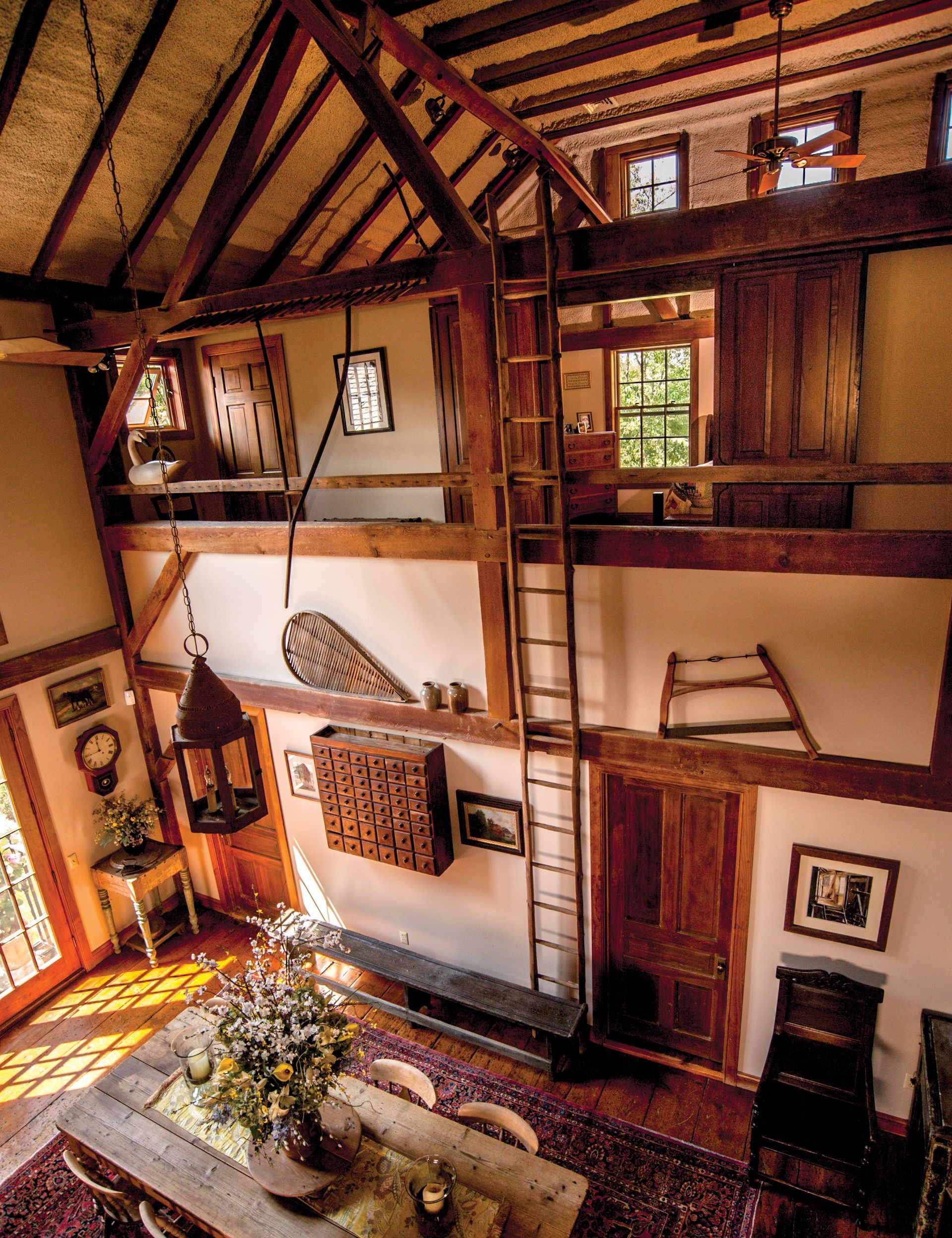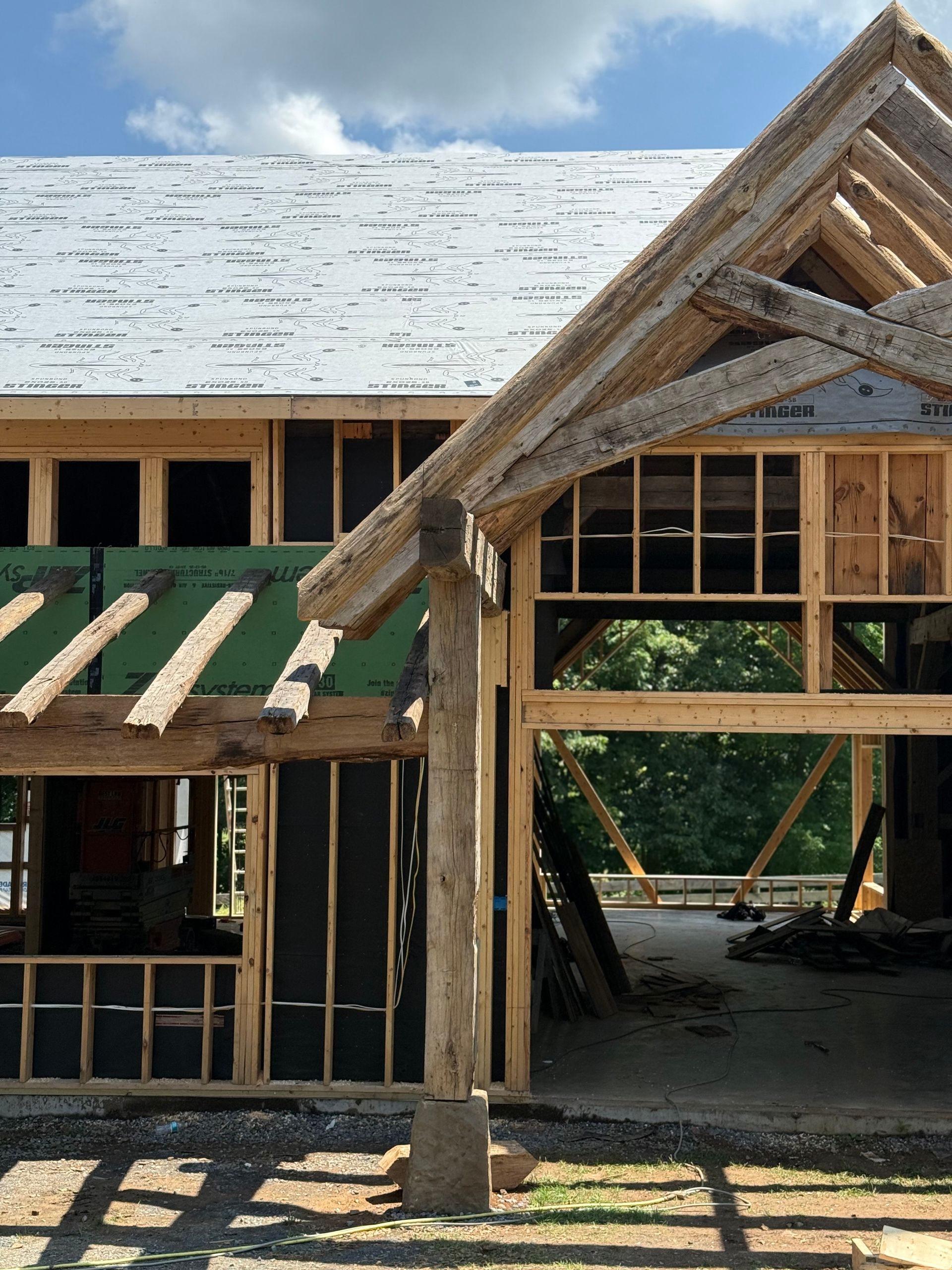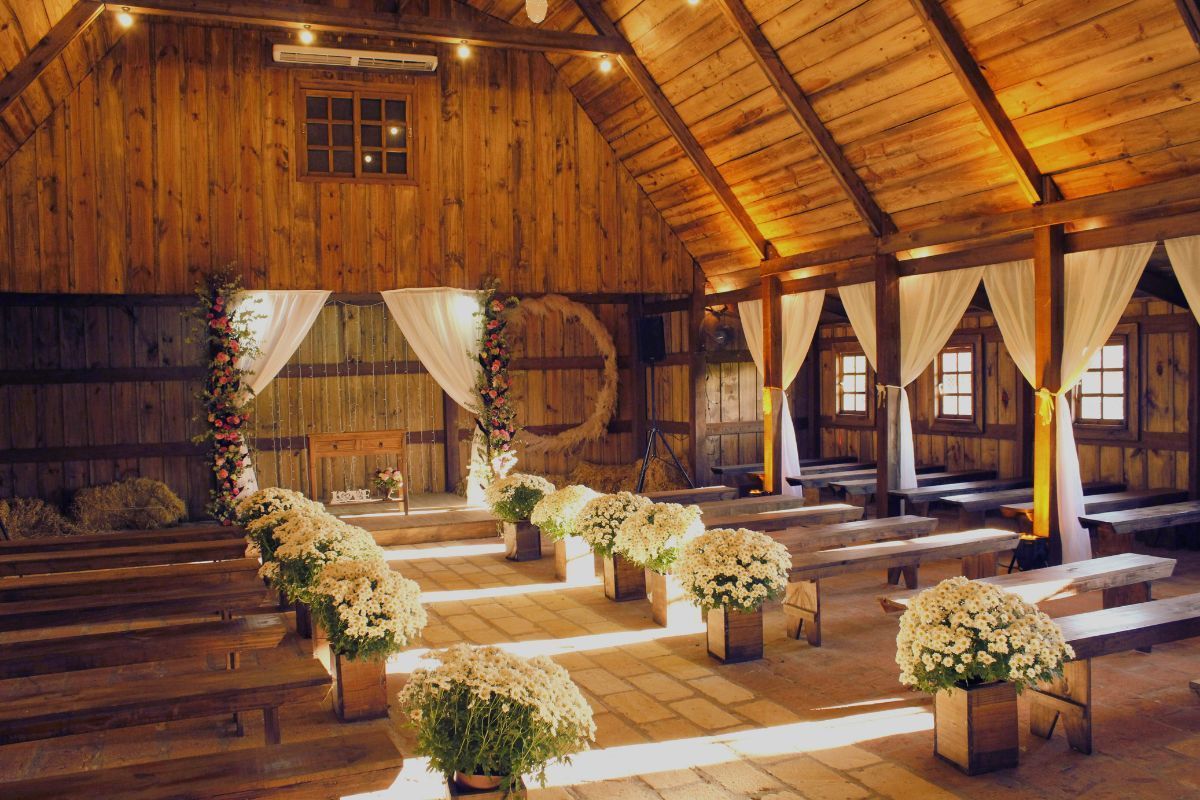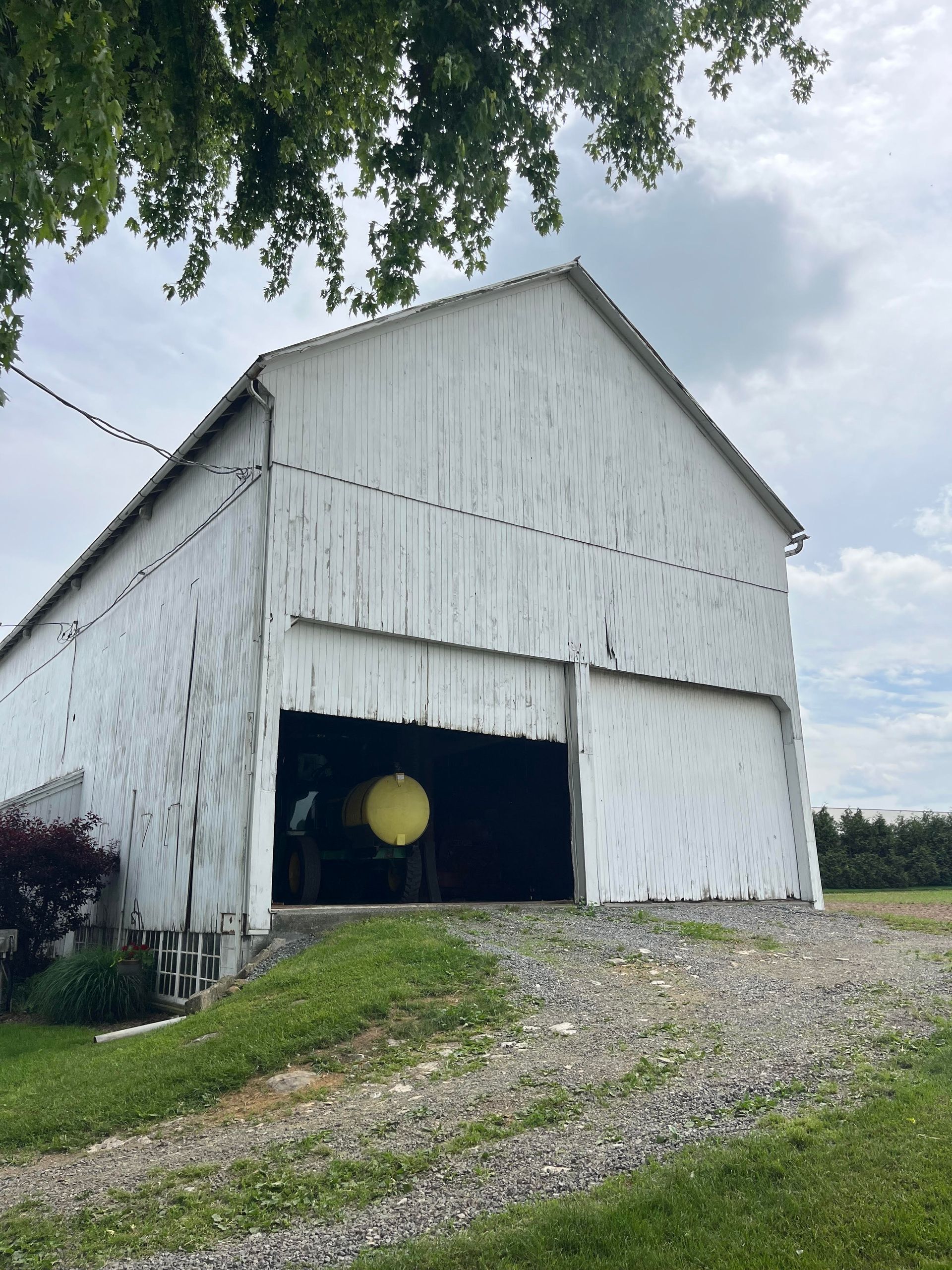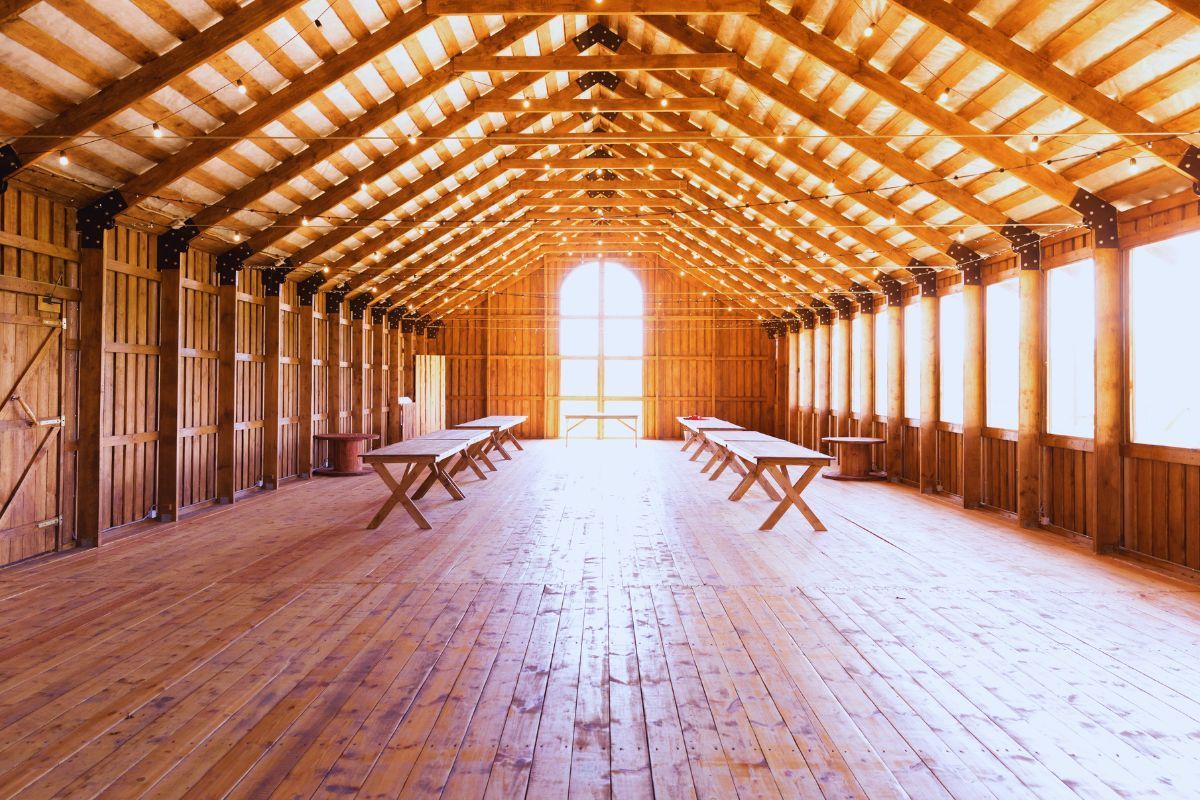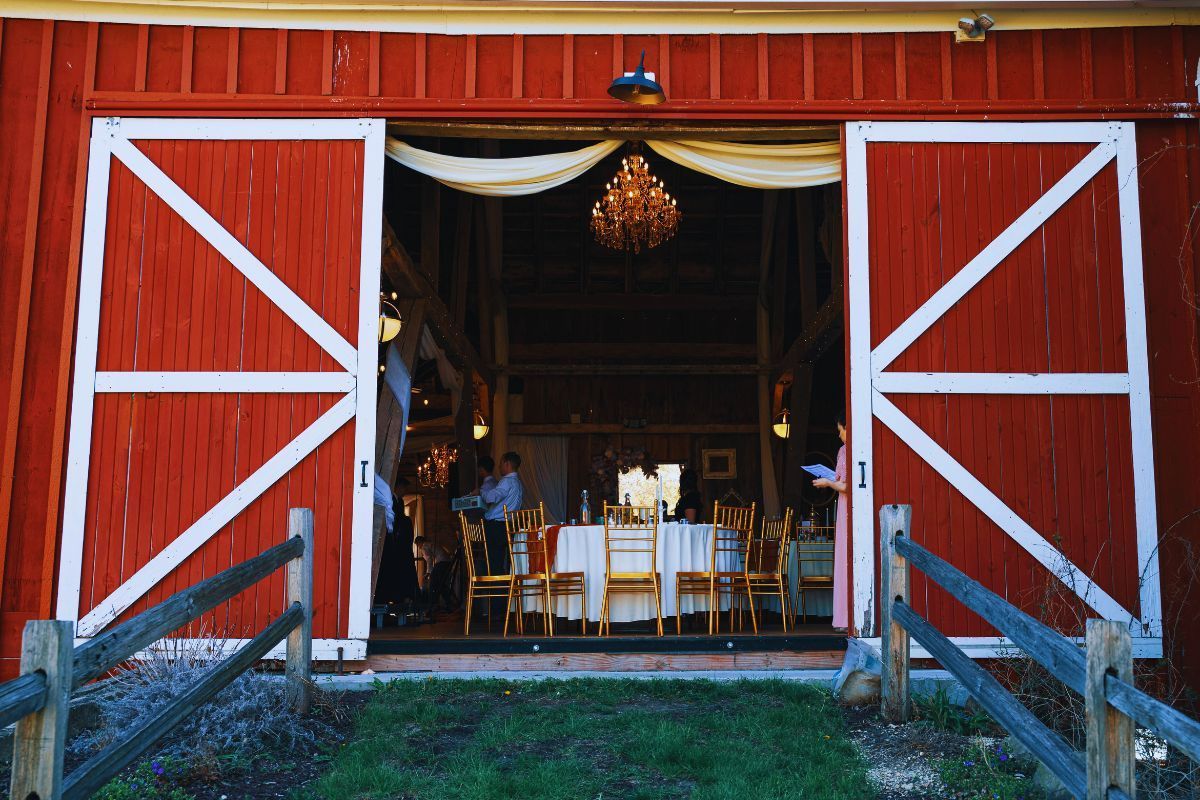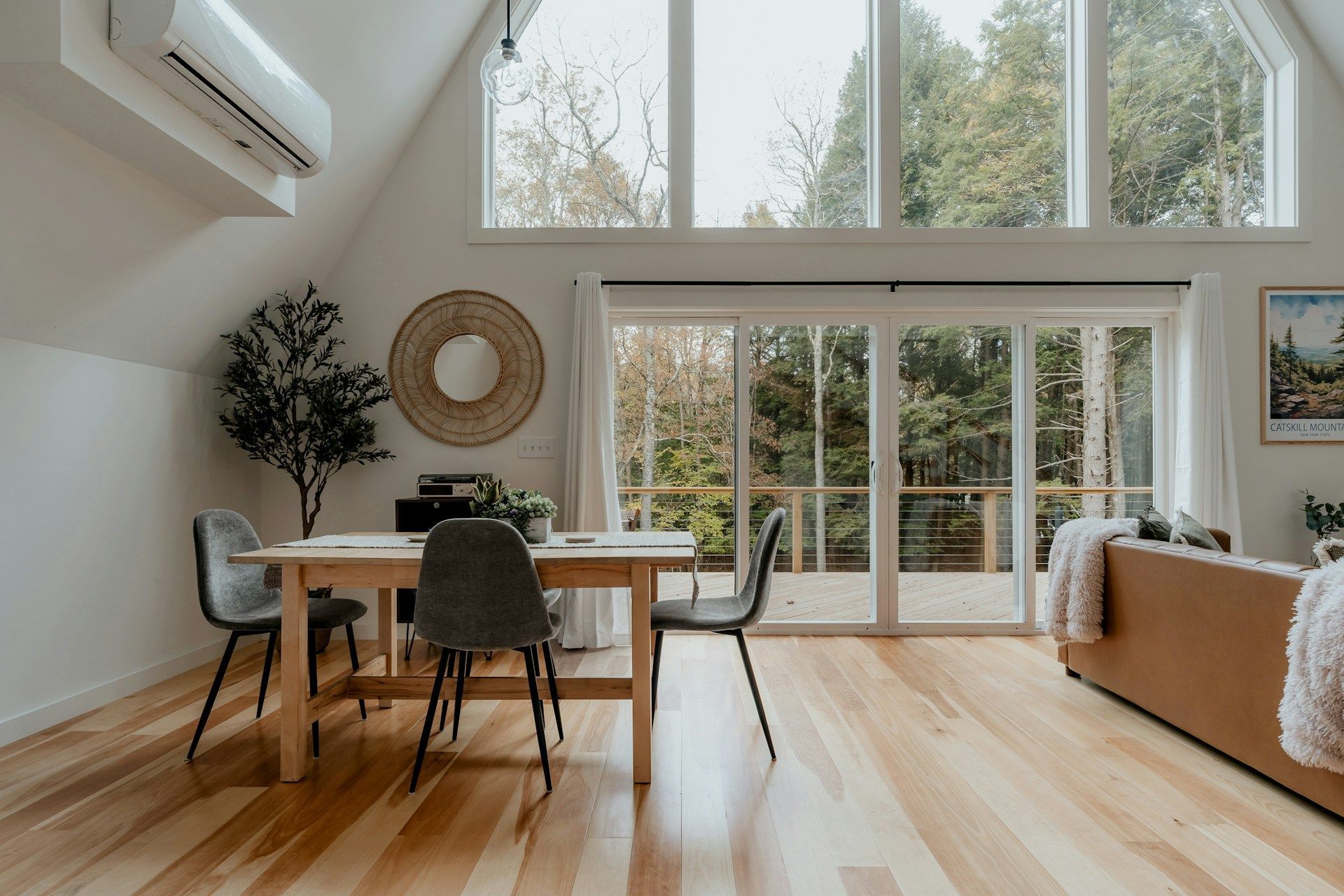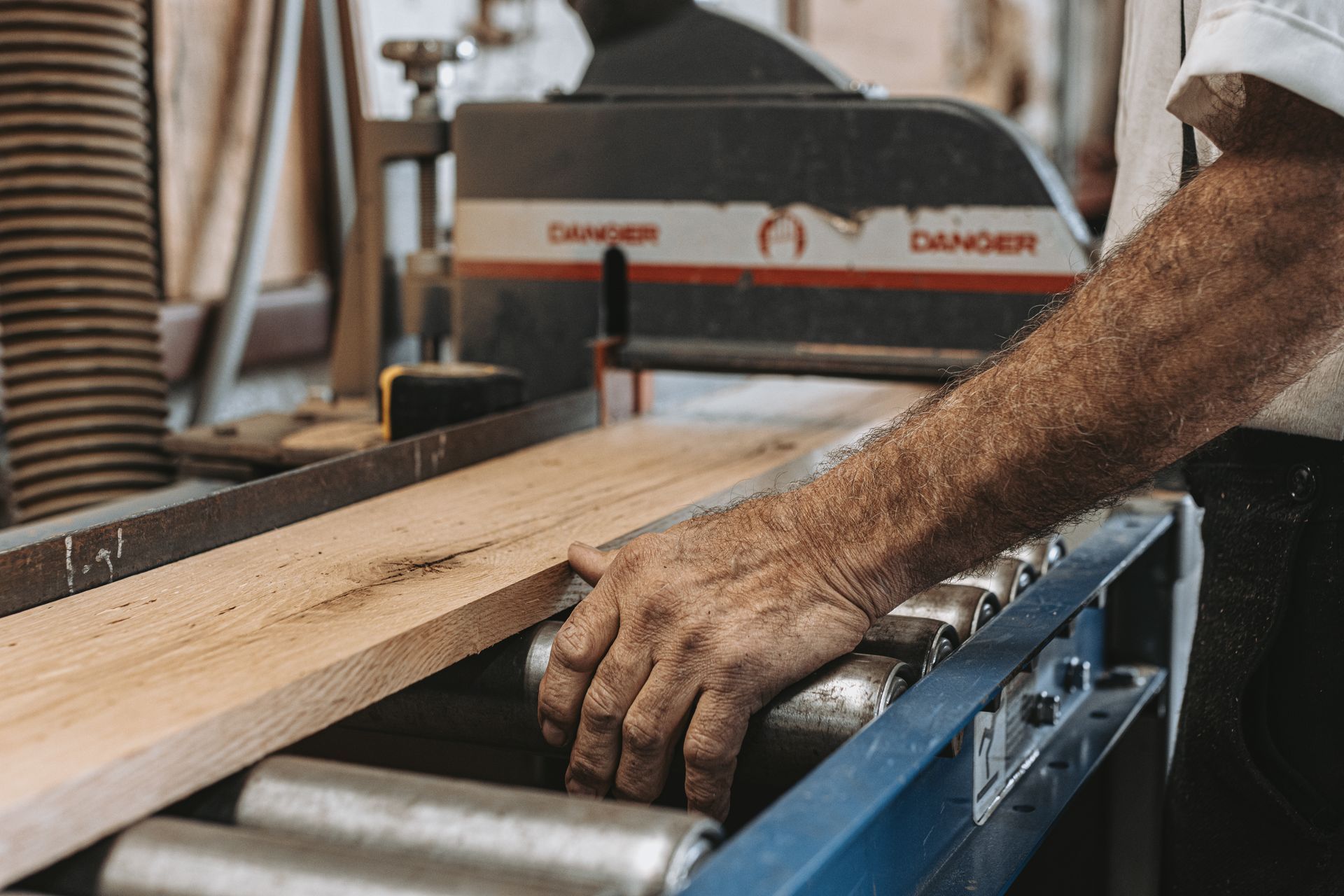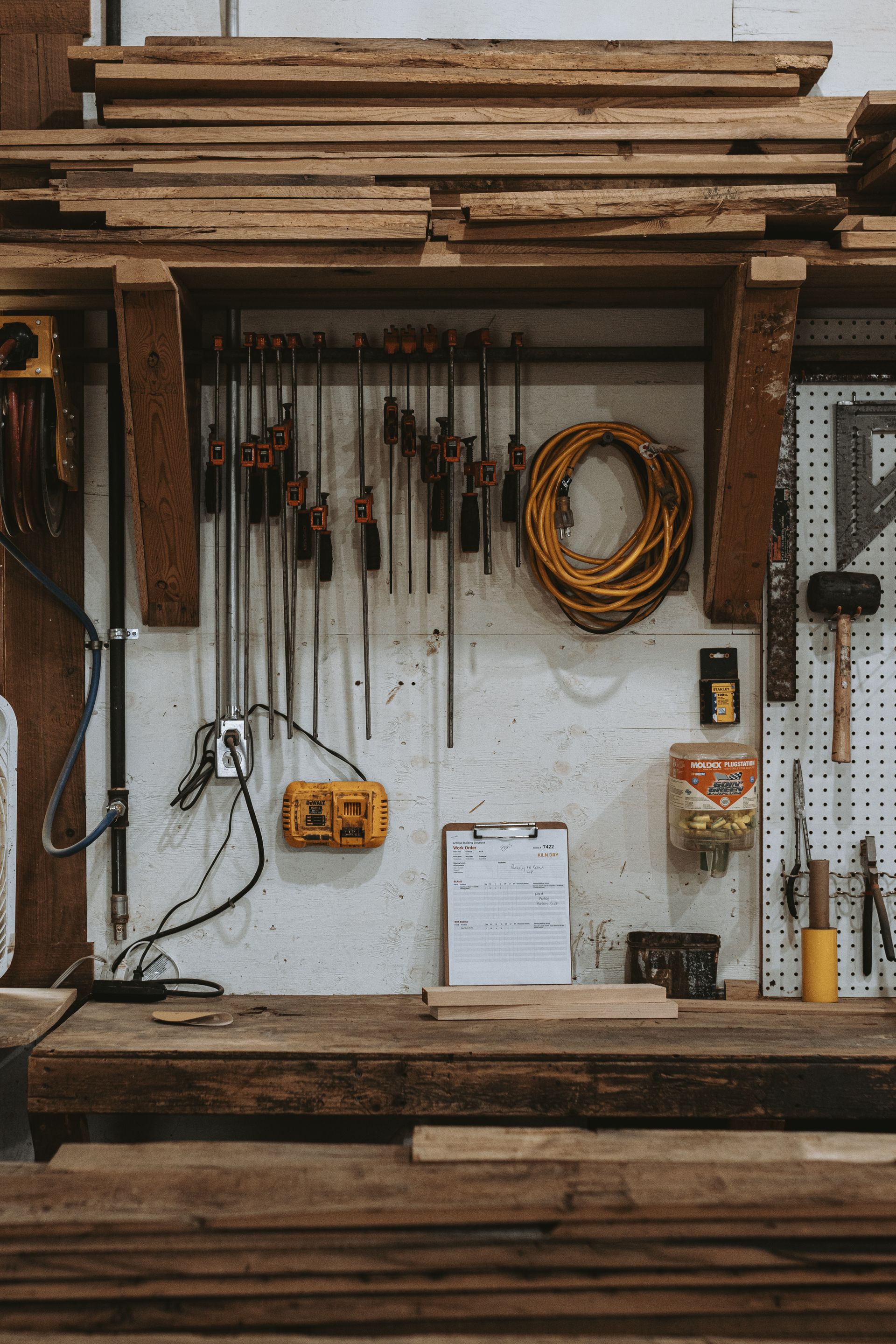How Reclaimed Timber Architecture Steals the Spotlight
Discover the charm of sustainable reclaimed timber design
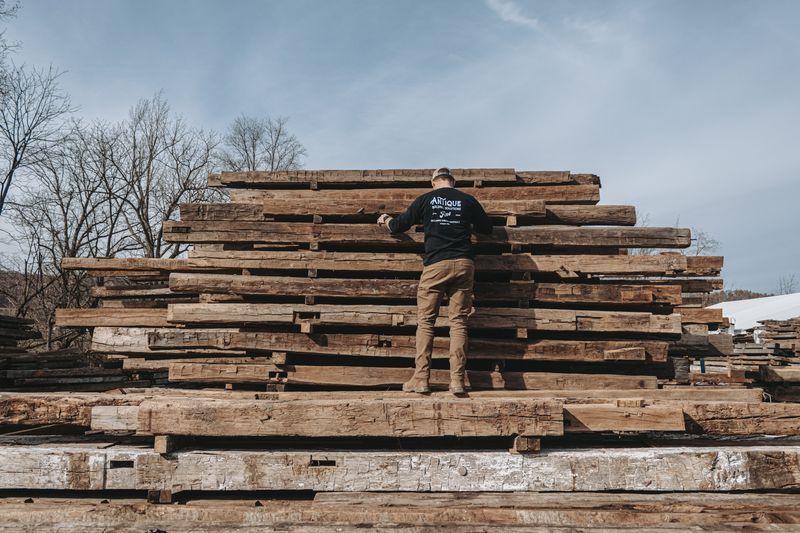
Lately, there's been a noticeable change in how we design and build spaces. Reclaimed timber, once used mostly in historic renovations, is now a big deal in mainstream design. You’ll see it in high-end homes, cozy hotels, sleek offices, and even trendy stores.
This shift isn’t just about looks. It’s a mix of sustainability, craftsmanship, and a desire to create something real and meaningful in a world that’s increasingly virtual.
What Is Reclaimed Timber?
Reclaimed timber is wood taken from old buildings like barns, factories, warehouses, or bridges and reused in new construction. What makes it so special?
- Age: This wood is often over 100 years old and comes from ancient forests that no longer exist.
- Character: It shows its history through nail holes, weathering, and patina.
- Rare varieties: You can find types of wood and sizes you don’t see anymore.
- Strength: Old trees grew slowly, creating tougher, denser wood.
Why It’s Better for the Environment
Reusing wood isn’t just stylish; it’s also better for the planet. Here’s how:
It Saves Trees
When we use reclaimed wood, fewer new trees are cut down. This protects forests and all the wildlife that live there.
It Locks in Carbon
Wood absorbs carbon dioxide from the atmosphere during its life. Keeping that wood in use stops it from breaking down and releasing that stored carbon.
Less Trash
Construction creates lots of waste, but reclaiming wood keeps usable materials out of landfills.
It Uses Less Energy
Reclaimed wood has already been processed decades ago, which means turning it into new products requires way less energy compared to cutting and preparing fresh timber.
How Designers Use Reclaimed Timber
Today’s architects and designers are getting really creative with reclaimed wood. Here are some popular ideas:
Strong, Beautiful Structures
Large reclaimed beams often become standout structural pieces in homes or public buildings. For example, old timber frames can be taken apart, fixed, and rebuilt into something new yet historic.
Eye-Catching Interior Looks
Reclaimed timber adds character and charm inside, like:
- Ceiling beams
- Staircases
- Walls with texture
- Custom room dividers or built-in furnishings
Floorboards
Wood floors made from reclaimed timber are super popular because the planks are often wider, stronger, and have a stunning, lived-in look.
Unique Furniture and Features
From tables and countertops to light fixtures and cabinets, reclaimed wood is a go-to for designers who want to make something unique and full of character.
Challenges of Working With Reclaimed Timber
Using historic wood doesn’t come without challenges. Here’s what builders need to think about:
Checking Its Strength
Not all old timbers are fit to hold weight. Experts have to examine them closely to figure out what they can be used for.
Cleaning
Reclaimed wood often needs to be thoroughly cleaned, and nails or bits of metal must be removed without damaging its charm.
Fitting With Modern Systems
New buildings need electricity, plumbing, and heating. Architects have to find smart ways to add these while keeping the focus on the reclaimed wood.
Certification for Green Projects
Many green building programs, like LEED, give extra points for using reclaimed materials, making it an eco-friendly choice in certified projects.
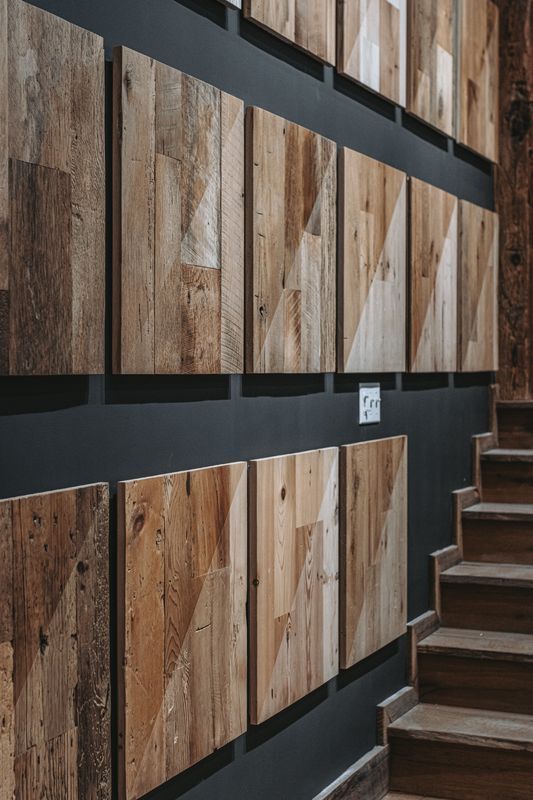
Why People Love Reclaimed Timber
Beyond its practical benefits, there’s something deeper about using old wood that makes it so popular.
A Link to the Past
Each mark on reclaimed timber tells a story. You might see tool marks, weathering from decades under the sun, or wear from years of use. This gives a space a sense of history.
Authenticity
Reclaimed wood feels real and down-to-earth. For many, this is especially appealing in a world that’s so focused on digital experiences.
Craftsmanship Appreciation
Reclaimed timber keeps traditional woodworking skills alive. From visible joints to hand-carved details, it reflects the artistry of those who shaped it.
Finding Quality Reclaimed Wood
Not all reclaimed wood is the same. The quality can vary based on where it’s from, how it’s treated, and the person preparing it for reuse.
At Bay & Bent, we specialize in finding old wood, repairing it, and getting it ready for modern designs. Working with specialists like us ensures you get the best results.
Trends in Reclaimed Timber Design
The way we use reclaimed timber is constantly evolving. Here are a few current trends:
Hybrid Approaches
Designers are blending reclaimed wood with new materials to balance the old-world charm with modern efficiency.
Documentation
Many projects now include information about where the wood came from. Some even use plaques or digital tools to share the wood’s history.
Technology Integration
Thanks to high-tech tools like lasers and computer-controlled cutting machines, designers can fit reclaimed wood into modern projects while preserving its character.
Local Wood, Local Charm
Different wood species and styles are tied to different regions. Highlighting these local features adds a unique flavor to each building.
Final Thoughts
Reclaimed timber isn’t just trendy; it’s a meaningful way to honor the past while thinking about the future. By using old wood in new ways, architects and designers create spaces that are environmentally friendly, full of character, and rich with history.
From massive beams in a great room to one-of-a-kind tables, reclaimed timber brings warmth, beauty, and a story to modern design. Its growing popularity shows that the future of architecture may lie in materials that have already stood the test of time.
